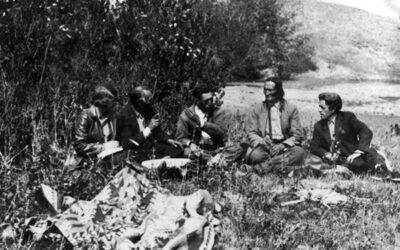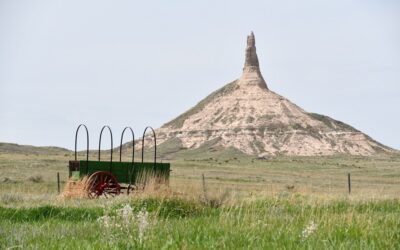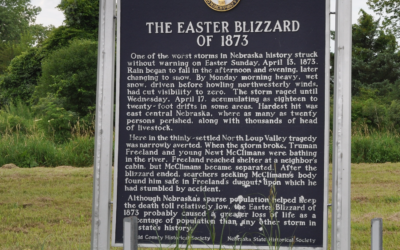In the summer of 1867 Philippe Regis de Trobriand stopped in Omaha en route to take command of Fort Stevenson in Dakota Territory. A native of France who had served in the Civil War, de Trobriand received an appointment in the regular U.S. Army. His 1867-69 diary was published as Military Life in Dakota, Lucile M. Kane, editor (St. Paul: Alvord Memorial Commission, 1951), and includes his impressions of Omaha.
“In the month of July 1867 Omaha was no longer a village and not yet a city, properly speaking, although she gave herself the proud name of Omaha City. . . . I was assured that the population of Omaha was almost ten thousand. It did not seem so big to me; I should say that five or six thousand was closer to the truth. . . . Two or three blocks of stores, shops, offices, and a theater, half brick and half planks, formed the hub of the town, which hummed with activity. The main street, Farnham Street, connected this business section with the bank of the river. On this street were two or three half blocks of brick houses, a number of shops built of planks, as many bars and eating houses of low quality, ending in the Herndon Hotel on the edge of the plateau above the high water mark of the Missouri. . . .
“[T]here are spread out in every direction buildings of all sorts, cottages, small houses, huts, and shanties interspersed with fenced and unfenced land, mostly unfenced. All of this is on a vast extent of land which slopes gently from the banks of the Missouri up to the summit of a chain of hills surrounding the city on the west and south and terminating at the river. This chain of hills forms a pleasant amphitheater from the top of which two large buildings, magnificent because of their isolation and location, dominate the countryside. One is the Capitol. . . . The other is the convent of St. Mary.”



